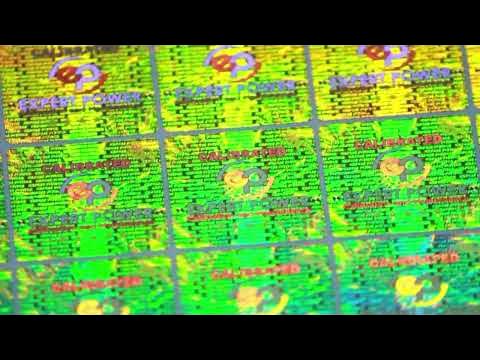Barcode vs. QR Code
Barcodes and QR codes are becoming essential tools for consumers, stores, and companies in the digital age. Though they work in different ways, data storage and facilitating transactions are their main uses.

What Are Barcodes?
Made of vertical lines, sometimes referred to as bars and gaps, barcodes are machine-readable codes. They are present in retail goods, packing, and shipping labels. Usually 12 digits long and used by barcode label manufacturer retail environment item identification, the Universal Product Code (UPC) is the most widely used barcode type.
Data entered into a barcode can be read by a barcode reader or scanner in a format including the manufacturer, price, and item number of a good. Scanning the barcode converts it into usable data a computer system can use, therefore facilitating rapid sales tracking and inventory control.

What Are QR Codes?
Quick Response (QR) codes are two-dimensional matrix barcodes with significantly higher data store capacity than conventional barcodes. Black squares set on a white grid form QR codes, which may be scanned with a smartphone and holographic QR code reader. Originally used for tracking automobile parts, Denso Wave, a Toyota company, created QR codes first in 1994. Since then, they have been applied more and more in many other industries.
QR codes can include alphabetic data, including URLs, text, contact information, and more, unlike barcodes, which usually contain numerical data. Because QR codes are adaptable, they are beginning to show up often in consumer interaction, marketing, and advertising.

Key Differences Between Barcodes and QR Codes
Data Capacity
Data capacity of barcodes and QR codes is one of its most important variations. While barcodes typically keep a small amount of data, which is usually up to 20 characters, a holographic QR code may hold up to 7,000 characters of data. QR codes are thus more fit for applications needing a lot of information.
Scanning Technology
Although most cellphone cameras can scan barcodes, QR codes are more readily available to customers; barcodes require a dedicated barcode reader. QR codes are very simple to use, so they are used in the marketing domain.
Format and Design
While QR codes have a square structure and a dot matrix within, barcodes are linear and made of vertical lines. The visual appeal of QR codes allows marketers to add logos and colors to their codes. This increases brand identification and makes them more aesthetically appealing.
Usage Context
Although barcodes are usually used in retail settings for inventory control and sales tracking, QR codes are regularly used in marketing and advertising to give consumers quick access to information, websites, and deals.
Top uses cases for barcodes
Everyday applications of barcodes:
- Retail Management
Barcode label manufacturers print barcodes, which are quite useful for retail management in inventory control, checkout speed, and human mistake reduction.
- Shipping and Logistics
Barcodes streamline shipping monitoring and the logistics process; therefore, barcode label manufacturers use them to improve efficiency in the shipping sector.
- Healthcare
Monitoring prescriptions, tools, and patient data enables barcodes to be utilized in the healthcare industry to raise operational efficiency and patient safety.
Top use cases for QR Code
Everyday applications of barcodes:
- Retail Management
Barcode label manufacturers print barcodes, which are quite useful for retail management in inventory control, checkout speed, and human mistake reduction.
- Shipping and Logistics
Barcodes streamline shipping monitoring and the logistics process; therefore, barcode label manufacturers use them to improve efficiency in the shipping sector.
- Healthcare
Monitoring prescriptions, tools, and patient data enables barcodes to be utilized in the healthcare industry to raise operational efficiency and patient safety.

Top use cases for QR Code
Everyday applications of barcodes:
- Marketing and Advertising
Marketing initiatives increasingly rely on QR codes to give consumers rapid access to social media profiles, websites, and promotional materials.
- Contactless Payments
Contactless payments that are scanning a holographic QR code at the register allow consumers to make transactions safely and quickly.
- Event Ticketing
Electronic ticketing at events uses QR codes most of the time to provide fast access and replace the need for paper tickets.
Conclusion
Barcodes and QR codes define increasing accuracy and efficiency in different fields. Although barcodes are excellent for traditional retail and inventory control, QR codes provide flexible substitutes for marketing and consumer interaction. Knowing the possibilities and applications of every technology helps businesses select the best solutions to fit their specific demands.
